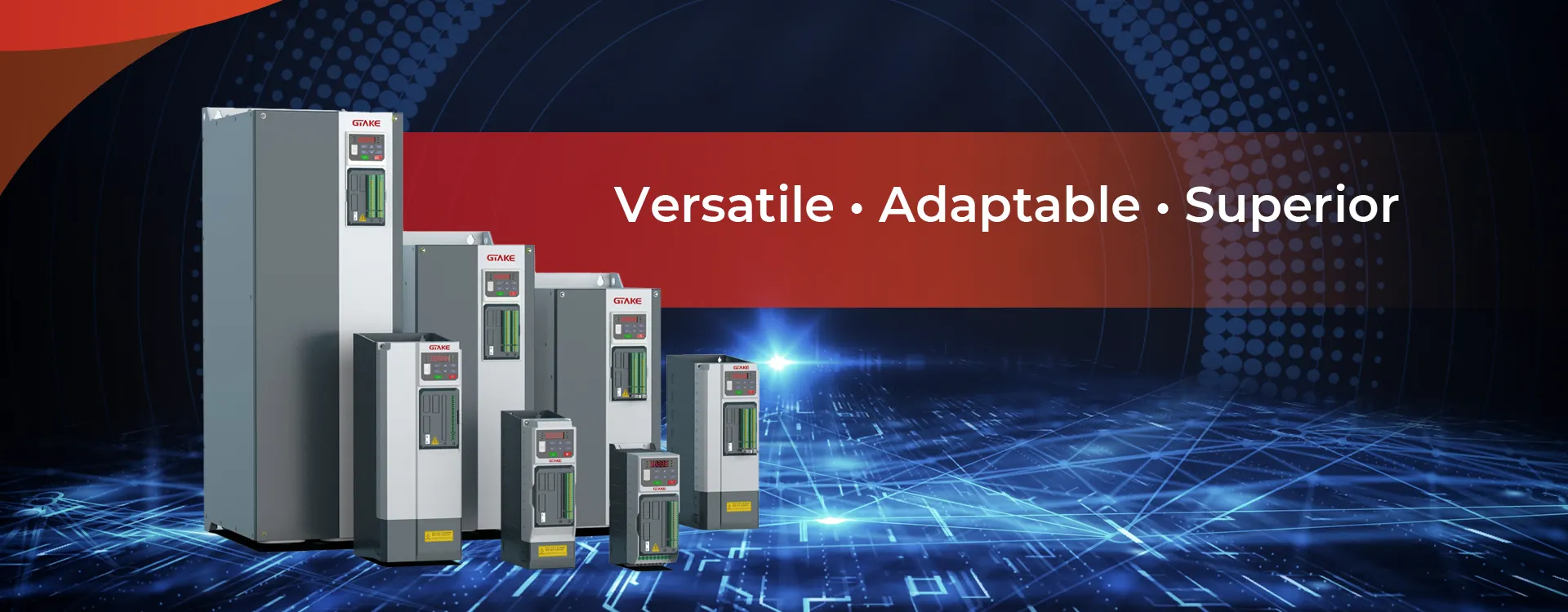EV Inverter: Key Technology Behind Electric Vehicle Performance
The EV inverter is a critical component in the operation of electric vehicles (EVs), playing a vital role in converting and managing electrical energy between the battery and the electric motor. It is responsible for converting direct current (DC) from the battery into alternating current (AC) to drive the motor, allowing the EV to move efficiently. This article will explore the functions, types, and importance of the EV inverter in modern electric vehicles.
What is an EV Inverter?
An EV inverter is an electrical device that converts DC power from the electric vehicle’s battery into AC power, which is required to drive the motor. The inverter plays an essential role in the power conversion process, as most electric vehicle motors, such as AC induction motors or permanent magnet synchronous motors (PMSM), require AC voltage to operate.
In addition to power conversion, the inverter also controls motor speed and torque by adjusting the frequency and amplitude of the AC power. In modern EVs, the inverter is an integrated unit that works in tandem with the motor controller to ensure optimal performance, energy efficiency, and smooth operation of the vehicle.
Key Functions of an EV Inverter
- DC to AC Conversion
The primary function of the EV inverter is to convert the DC voltage supplied by the battery into AC voltage. This is necessary because most EV motors are designed to run on AC power. By converting the DC power to AC, the inverter enables the motor to operate efficiently and smoothly.
- Speed and Torque Control
The inverter controls the speed and torque of the electric motor by adjusting the frequency and amplitude of the AC power sent to the motor. This is achieved through pulse width modulation (PWM) or field-oriented control (FOC), which precisely regulates the motor’s performance based on the driver’s input (accelerator, brake) and vehicle conditions (speed, load, etc.).
- Regenerative Braking
EV inverters are also involved in the regenerative braking process. During braking, the electric motor acts as a generator, converting kinetic energy back into electrical energy. The inverter manages this process by converting the AC power generated during braking back into DC, which is then sent to the battery for storage. This helps increase the efficiency of the vehicle and extends the driving range.
- Battery Management and Energy Efficiency
In addition to its role in controlling the motor, the inverter works closely with the Battery Management System (BMS) to ensure the battery operates efficiently. It helps monitor the state of charge, voltage, and temperature of the battery and adjusts the energy flow accordingly to prevent overcharging or discharging. By managing the power transfer, the inverter helps optimize the vehicle’s range and performance.
- Thermal Management
Since inverters generate heat during operation, thermal management is a critical feature. The inverter typically includes cooling systems (e.g., liquid cooling or air cooling) to prevent overheating and maintain optimal performance. Some advanced inverters also feature integrated temperature sensors to monitor the inverter’s condition in real-time.
Types of EV Inverters
There are several types of inverters used in electric vehicles, depending on the motor type, vehicle design, and performance requirements. These include:
- Voltage Source Inverters (VSI)
Voltage Source Inverters are the most common type used in electric vehicles. They convert the DC voltage from the battery into three-phase AC voltage for use in AC induction motors or permanent magnet synchronous motors. VSI is widely used in both small passenger EVs and larger commercial electric vehicles due to its cost-effectiveness and reliability.
- Current Source Inverters (CSI)
In contrast to VSI, Current Source Inverters provide a constant current output, which can be beneficial for specific motor types or performance characteristics. While not as widely used in consumer EVs, CSIs can be found in certain high-performance or specialized applications where more precise control over the motor is needed.
- Bidirectional Inverters
Bidirectional inverters allow for power to flow in both directions: from the battery to the motor (driving the vehicle) and from the motor back to the battery during regenerative braking. These inverters are essential for regenerative braking systems and are a key feature of many modern EVs, as they help increase efficiency and extend the driving range.
- Integrated Inverters
Some manufacturers are moving toward integrated inverter-motor systems, where the inverter and motor are housed in a single compact unit. These integrated systems help reduce weight and improve the overall efficiency of the vehicle. Integrated inverters are often used in small electric vehicles, such as electric scooters or motorcycles, as well as in some passenger cars.
Why is the EV Inverter Important?
- Energy Efficiency and Range
The EV inverter is essential for ensuring that energy is transferred efficiently between the battery and the motor. By managing the power flow and controlling motor performance, the inverter helps maximize the vehicle’s range and energy efficiency. Through regenerative braking, the inverter recovers energy during braking and sends it back to the battery, improving the overall energy economy of the vehicle.
- Performance and Responsiveness
The inverter’s ability to control the motor’s speed and torque precisely makes it essential for providing smooth and responsive driving. It allows for instantaneous adjustments based on the driver’s input, providing a seamless driving experience with quick acceleration, deceleration, and consistent power delivery.
- Motor Protection and Longevity
The inverter plays a key role in protecting the electric motor by regulating the power supplied to it. By ensuring that the motor receives the appropriate voltage and current, the inverter helps prevent overloading and overheating, which can reduce the motor’s lifespan. Moreover, it helps protect the battery by preventing overcharging or excessive discharging.
- Cost and Weight Optimization
Inverter systems are integral to the overall weight and cost structure of an EV. With ongoing advancements in inverter technology, manufacturers are finding ways to make inverters smaller, lighter, and more cost-effective without sacrificing performance. This is crucial in reducing the overall weight of the vehicle, which, in turn, improves efficiency and driving range.
Challenges and Future Trends
- Thermal Management
As EV inverters become more powerful and compact, managing heat becomes increasingly challenging. Advanced cooling techniques, including liquid cooling and innovative materials, are being developed to ensure that inverters can operate efficiently and reliably at high power levels.
- Miniaturization and Integration
As electric vehicles evolve, there is an ongoing trend toward miniaturization and integration of the inverter and motor systems. This helps reduce the weight and size of the drivetrain, improving overall vehicle efficiency and freeing up space for other components, such as larger batteries or cargo space.
- Bidirectional Power Flow and V2G
Bidirectional inverters enable Vehicle-to-Grid (V2G) technology, allowing EVs to not only draw power from the grid but also send power back to it. This opens up new possibilities for energy storage, grid stabilization, and renewable energy integration. As the demand for V2G solutions increases, more advanced bidirectional inverters will become an essential part of EV infrastructure.
Conclusion: The Essential Role of the EV Inverter
The EV inverter is a cornerstone of modern electric vehicles, enabling efficient power conversion, speed and torque control, regenerative braking, and optimal energy management. As electric vehicles become more advanced, the role of the inverter will continue to evolve, driving improvements in energy efficiency, vehicle performance, and integration with other technologies such as Vehicle-to-Grid (V2G). Manufacturers will continue to focus on making inverters more efficient, compact, and cost-effective, ensuring that EVs remain a viable and sustainable alternative to traditional internal combustion engine vehicles.
The inverter is not just an accessory, but a fundamental part of the EV ecosystem that shapes the future of sustainable transportation.

